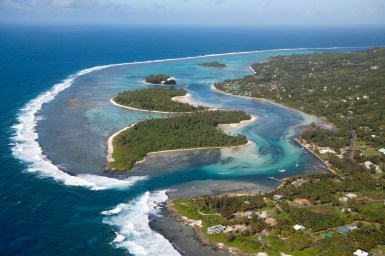Climate models

Climate intel for the future
Climate modelling increases our understanding of the impacts of climate change including risk of fire, flood and cyclones. But can we rely on climate projections to manage future risk?

Fast moving fires and the science of prediction
The arsenal of tools to predict and alert the community of advancing fires is the product of close to 70 years of dedicated bushfire science.

Regional climate guides put data in the hands of farmers
BoM, CSIRO and FarmLink have combined expertise to develop climate guides for Australia’s 56 NRM regions.

IPCC flags risks and response options for polar and ocean environments in latest report
A new report into polar regions, mountains, oceans and coasts shows the impacts of climate change on these sensitive areas are worse than previously thought, with implications for Australia.

When disasters collide: helping Australia adapt to new risks under climate change
A collision of severe weather events can destroy lives and infrastructure, destabilising economies and ecosystems. In a rapidly warming world the frequency and magnitude of these compound events will only increase, according to the latest report from the IPCC.

Pacific partnerships blaze a trail for climate adaptation
Local knowledge and trusted, collaborative relationships with key stakeholders is helping researchers deliver the science that will enable Pacific nations communities to further build climate resilience.

Climate influence from the other side of the world
In a paper published in Science, climate scientists say we need to look beyond our neighbouring oceans to understand changes several seasons ahead – to the Atlantic Ocean on the other side of the world.

Predicting the climate of the 2020s
As the saying goes, forewarned is forearmed. Decadal forecasting can provide an assessment of probabilities for the climate system over the next one to 10 years, important inside knowledge for industries affected by climate.

Turning the tides on historical sea level records is giving up valuable secrets
We're dusting off old tide records, some dating back to the late 19th century, in a project to digitise these old hard-copy records so the data they contain can be used to analyse how extreme sea levels in Australia have changed over time.
